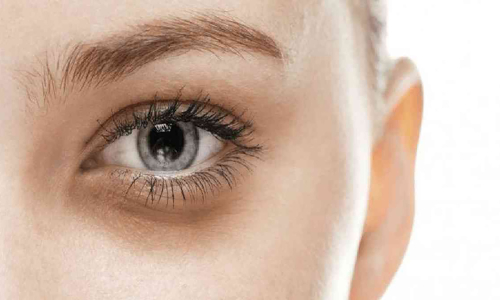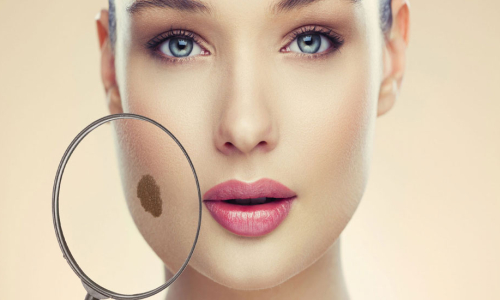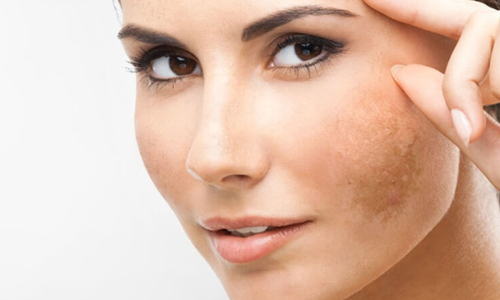
Hair follicles: the tireless production units
As in all mammals, humans also undergo periodic renewal of the hair coat. Human skin has a varying number of hair follicles, the small production units of hair. The scalp alone has 100,000 to 150,000 hair follicles. The life cycle of each hair is a periodic phenomenon that lasts 2-7 years and is distinguished by the growth phase (anagen), transition phase (catagen) and resting phase (telogen). At the end of each cycle, the hair falls out, while the production of new hair has already begun in the hair follicle. In this sense, hair loss is a normal phenomenon. But when do we talk about pathological hair loss?
Research Center

What are dark circles under the eyes?
We have all noticed that after insomnia or at the end of a tiring week, dark circles or more correctly dark semi-circles appear under our eyes. They usually disappear after a good sleep or the required rest. But not for everyone. Some people have permanent dark semi-circles under their eyes. For some, they are just a characteristic of them, for others a trademark, but for many they are aesthetically extremely annoying, since they give the face a tired look. But what are these dark circles? It seems that these dark semi-circles are due to structural peculiarities or pigmentation of the skin in the area under the eyes.

My mole has changed, what should I do?
We all have moles on our skin. Or moles, as is the scientific name for these brown or black marks that we observe on our body. The number of moles is different from person to person, it has to do with both genetic and environmental factors (for example, areas of the skin with chronic sun exposure show more moles compared to the most sun-protected areas). Sometimes we will notice a change in one of our moles, either in color, shape or even size. That's where insecurity begins, it is now known that a change in a mole could be a sign of skin cancer. What should we do in such a case? MOLE MAPPING

Freckles, Skin Discoloration, and Sun Exposure
We often look back at photos from our summer vacations and reminisce about the pleasant memories. In the same way, our skin retains the memory of summer sun exposure by keeping its tan for another 4–8 weeks. A tan that has developed properly — through gradual sun exposure, the use of sunscreen, and avoiding midday sun and sunburns — is a normal and healthy response of our skin to solar radiation. However, often some aesthetically unpleasant marks remain on our skin, which do not fade along with the tan — the so-called discolorations and freckles.



